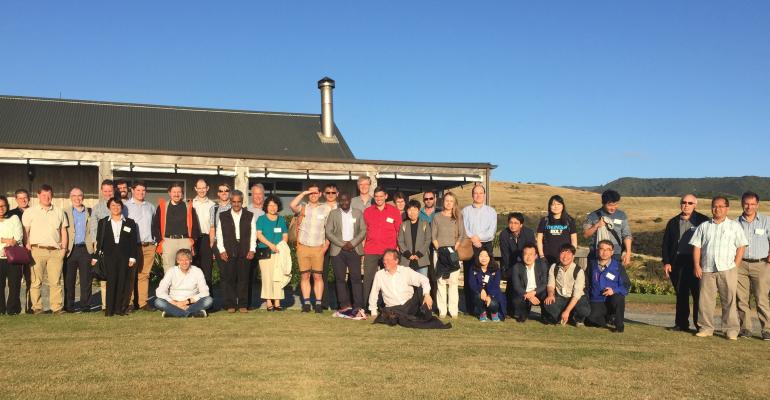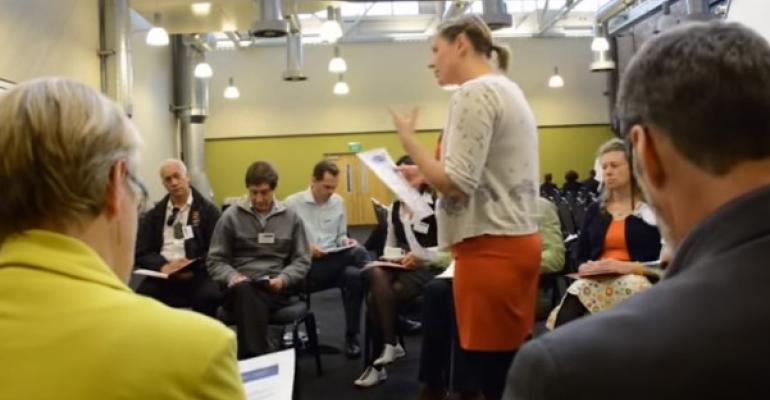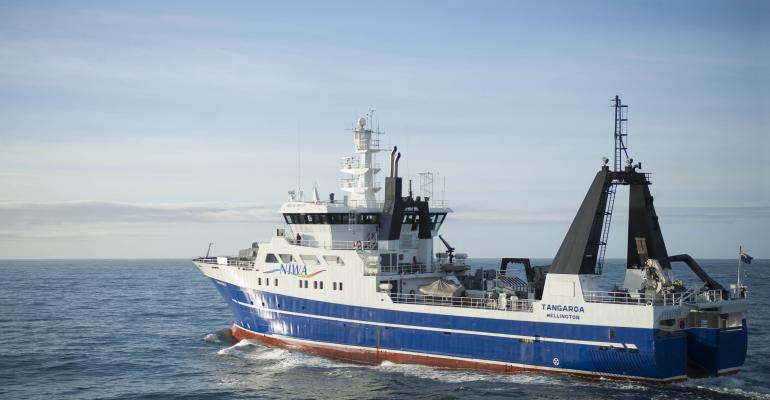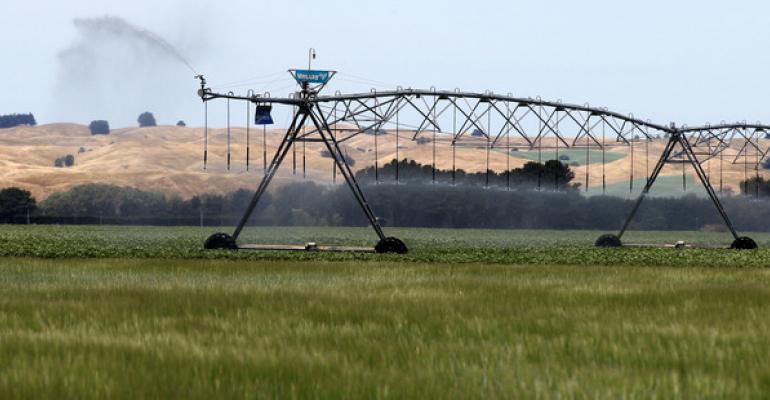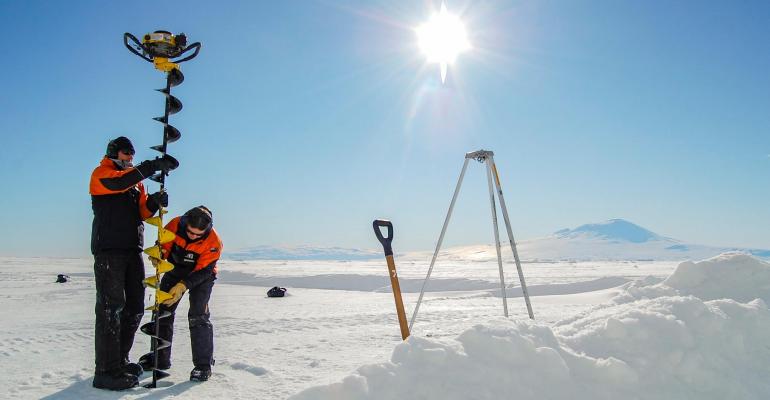
A new paper published in the 2016 edition of Weather and Climate – the journal of the Meteorological Society of New Zealand – documents the purpose, challenges, next steps and future goals of the NZESM, the New Zealand Earth System Model.
As the paper points out, climate modelling has made significant progress in the last few decades with major advances in computer power and scientific understanding. However, understanding of the effect of the Southern Ocean on global climate remains limited. Since this has direct impacts on the way New Zealand can rely on and interpret the results of climate models, the New Zealand government was motivated to launch, as one of 11 mission-based National Science Challenges, the Deep South Challenge. This refers directly to the Southern Ocean – our Deep South – and the integral role it has on our climate. The Deep South Challenge represents a significant national investment that provides the dual benefits of raising Earth System modelling capability in New Zealand, whilst at the same contributing to an international modelling effort, led by the UK. The development of the NZESM is however just one of several programmes with the Challenge, which also include engagement and Vision Mātauranga, for example.
The development of the NZESM is already enabling the acceleration of New Zealand’s research capability into the effects of climate change. Over the next 5 years, the NZESM will complement and provide input into high resolution, regional climate models. Results from these models will inform research that investigates the impacts of climate change on New Zealand’s natural resources and the implications of those changes on New Zealand’s economy and lifestyle at a scale useful to many different stakeholders.
Dr Jonny Williams – a Deep South Challenge scientist based at NIWA, Wellington and lead author of the paper – said “the development of the NZESM is a game changer for New Zealand science. Although there is a long history of weather prediction and climate modelling here, it is only with the realisation of the Deep South Challenge that true Earth System modelling research can take place here for the first time”.
Williams acknowledges the researchers he collaborates with around the country. He says that New Zealand has world-leading expertise in Southern Ocean and high latitude environmental processes, along with their impact on global climate and ecosystem change. “The NZESM team work with our international collaborators to build world leading scientific and technical software which is used globally; almost all of which is open source. This combined with the more local goal of helping New Zealanders with tangible guidance in the future, backed by robust, world leading science, makes for a highly satisfying yet challenging role,” he said.
Development of the New Zealand Earth System Model: NZESM (abstract)
The New Zealand Earth System Model (NZESM) is currently under development to help inform scientists, policy makers, climate-sensitive sectors of the economy, and the general public in New Zealand about climate change. The term ‘climate model’ is generally used to describe a computer model that incorporates physical aspects of the climate system such as atmospheric and oceanic fluid mechanics and thermodynamics. In addition, Earth System Models represent aspects of biology and chemistry such as marine biogeochemistry and atmospheric ozone chemistry.
The development of the NZESM represents a step-change in model complexity for New Zealand science, and a major motivation for its development is to reduce Southern Hemisphere specific modelling problems such as the formation of Southern Ocean sea ice and Antarctic Bottom Water. The atmosphere, land surface, ocean and sea ice components of the model are already available in New Zealand. In the future, additional models representing (for example) ocean biogeochemistry and marine ice-sheets will also be added to the NZESM framework.
Over the next 5 years, the NZESM will be run to produce hindcasts for the past 150 years and projections for up to 200 years into the future. Such experiments will “enable New Zealanders to adapt, manage risk, and thrive in a changing climate”, which is the mission statement of the Deep South National Science Challenge. Over the next decade, the NZESM will be used in Earth System science research throughout New Zealand, both in terms of pure science and via communication of its results to New Zealanders.
- For more information on this paper and the New Zealand Earth System Model contact Jonny Williams: [email protected]
